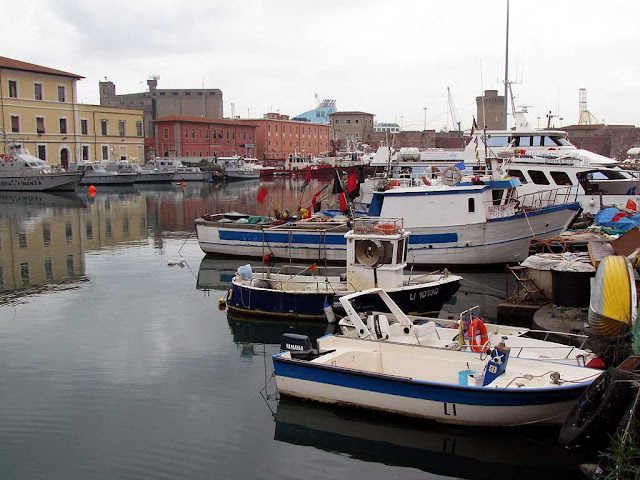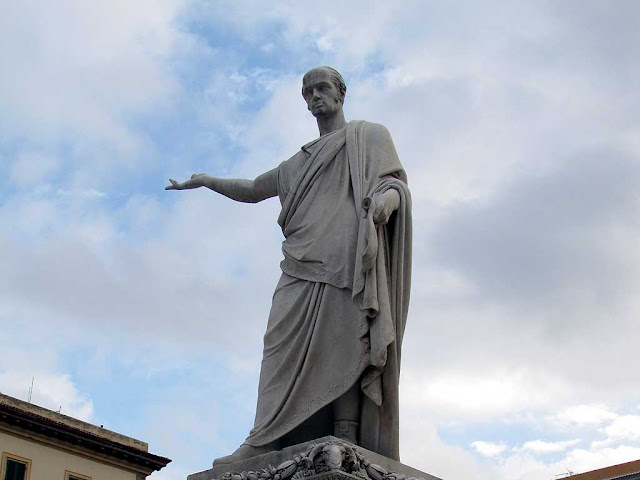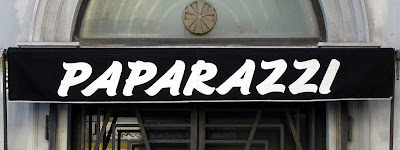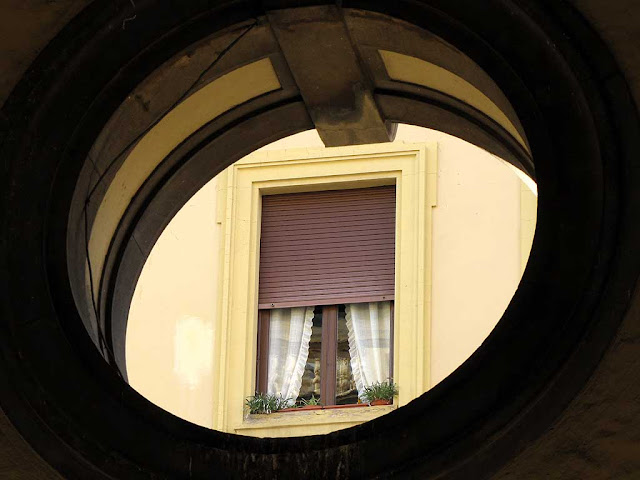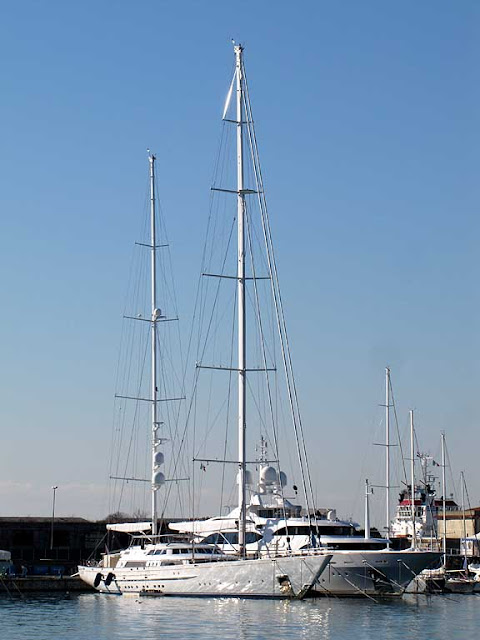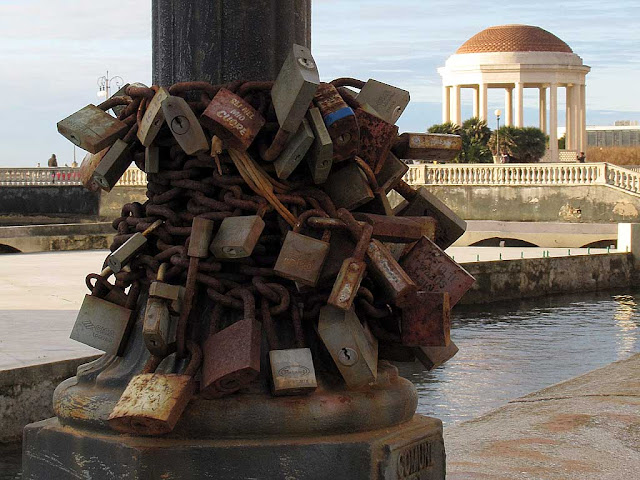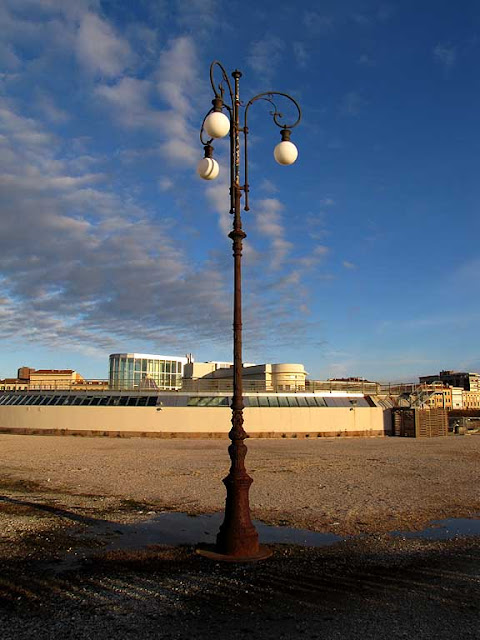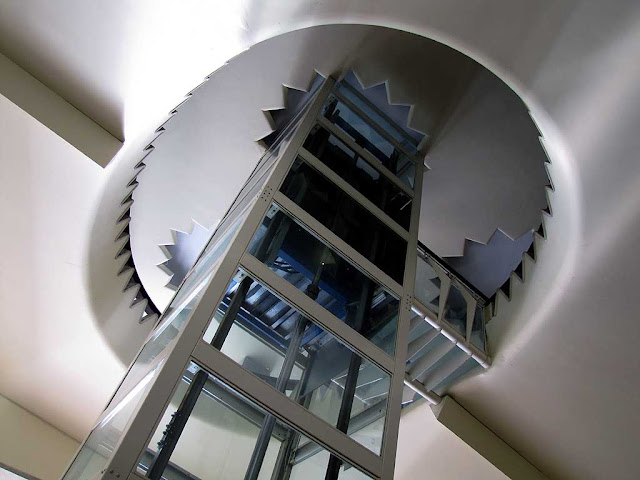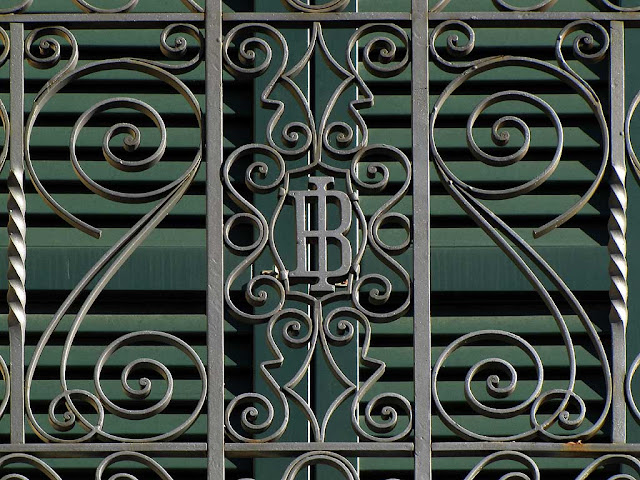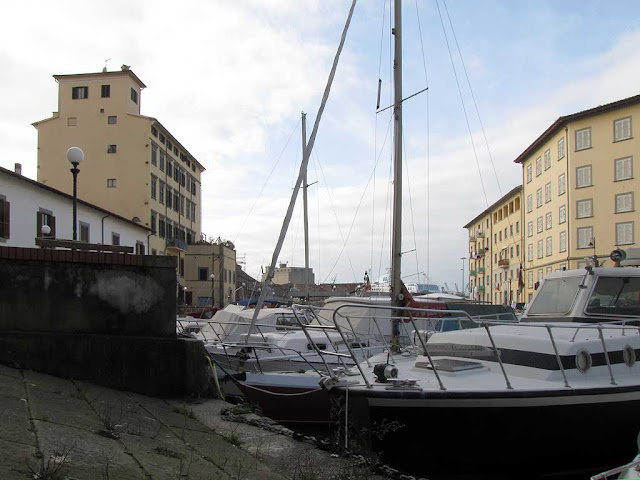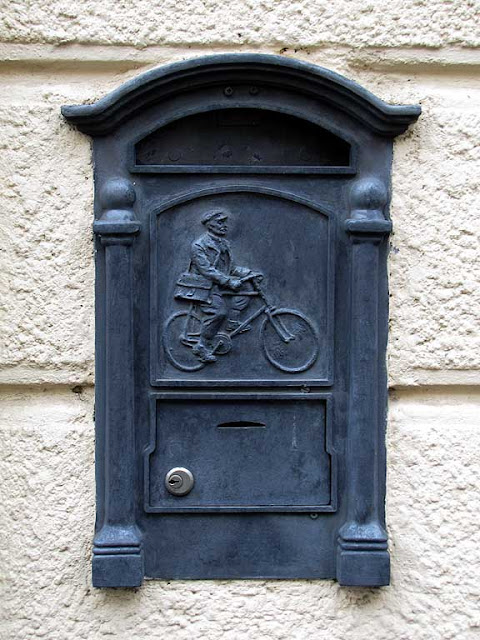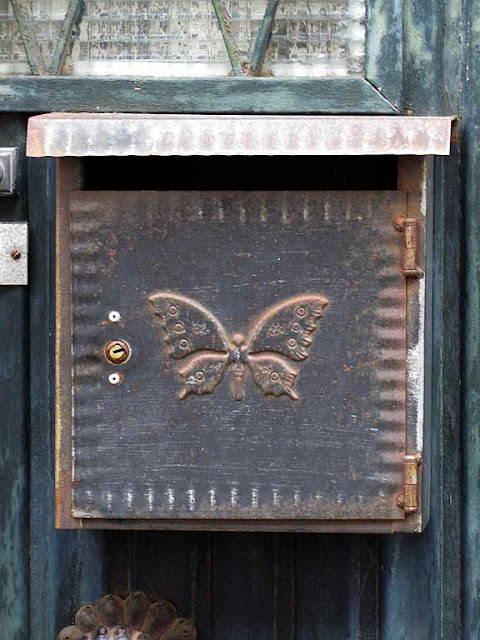
In the early 1653 Dutch and English squadrons have been chasing each other in the vicinity of the island of Elba. The Dutch were then able to capture the English frigate Phoenix and the ship was placed under the command of a young officer,
Cornelis Tromp.

In March 1653 the English Captain
Henry Appleton and his 6 ships were trapped in the port of Livorno (Leghorn), a neutral territory under the Grand Duke of Tuscany. With a successful sortie the English recaptured the Phoenix, but this action meant a violation of the port’s neutrality. The Dutch Admiral
Johan van Galen asked the English ships to leave, but another squadron, commanded by
Richard Badiley, was coming to rescue the trapped ships.

While the Dutch were sailing toward the new threat, the blockaded squadron saw the chance to escape and left the port. Surprisingly the Dutch engaged Appleton's ships and only one of them was able to flee and rejoin the incoming English squadron.

The Dutch moved then toward Badiley's squadron. Outnumbered 16 to 9 the English ships were forced to retreat. Admiral Van Galen was mortally wounded in the action and died on March 23.
The paintings in this post:
The Battle of Livorno (Leghorn), 1660
by Johannes Lingelbach, Rijksmuseum Amsterdam
The Battle of Livorno (De zeeslag bij Livorno), 1653
by Reinier Nooms, Rijksmuseum Amsterdam
Slag bij Livorno (Battle of Leghorn), 1654-1655
by Willem van de Velde the Elder, Rijksmuseum Amsterdam
The Battle of Leghorn, 1756
by Willem Hermansz van Diest
National Maritime Museum, Greenwich, London
External links:
Battle of Leghorn -
Cornelis Tromp -
Johan van Galen -
Henry Appleton -
Richard Badiley (Wikipedia)
The battle of Livorno
(History of the Sailing Warship in the Marine Art)
Capt. John Wood's forgotten Italian grave
(Leghorn Merchant Networks)
 “Via Cairoli” toward “Piazza Cavour”, from behind the Cathedral.
“Via Cairoli” toward “Piazza Cavour”, from behind the Cathedral. An out of season and menacing Santa says: “Buy”.
An out of season and menacing Santa says: “Buy”.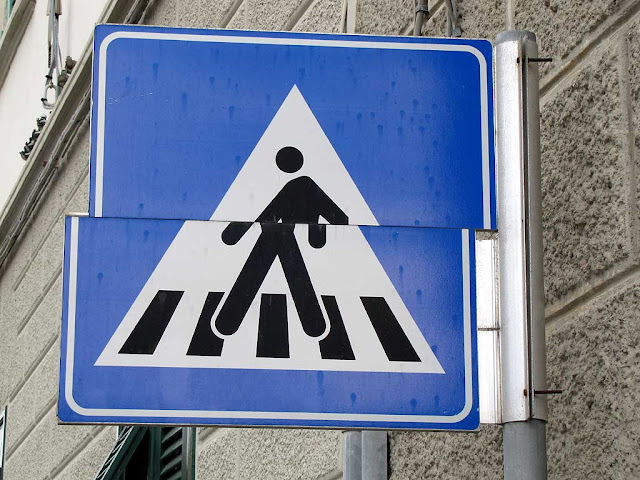 “Using the zebra crossing you will be cut in half”.
“Using the zebra crossing you will be cut in half”.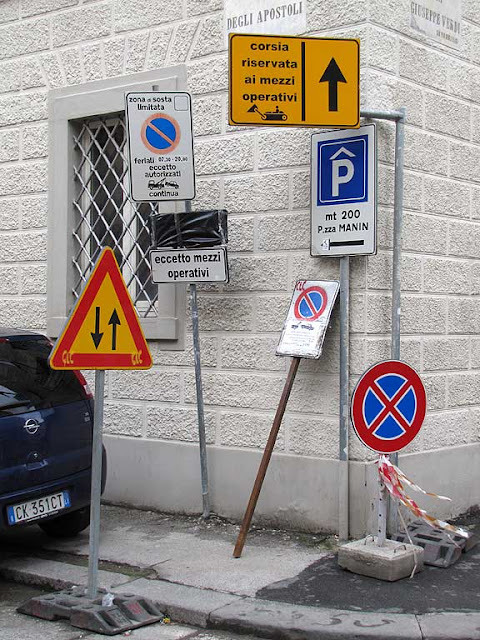 Too many road signs...
Too many road signs... “Butcher shop, the pleasure of fresh meat”. In Italian “carne” is both meat and flesh.
“Butcher shop, the pleasure of fresh meat”. In Italian “carne” is both meat and flesh.

